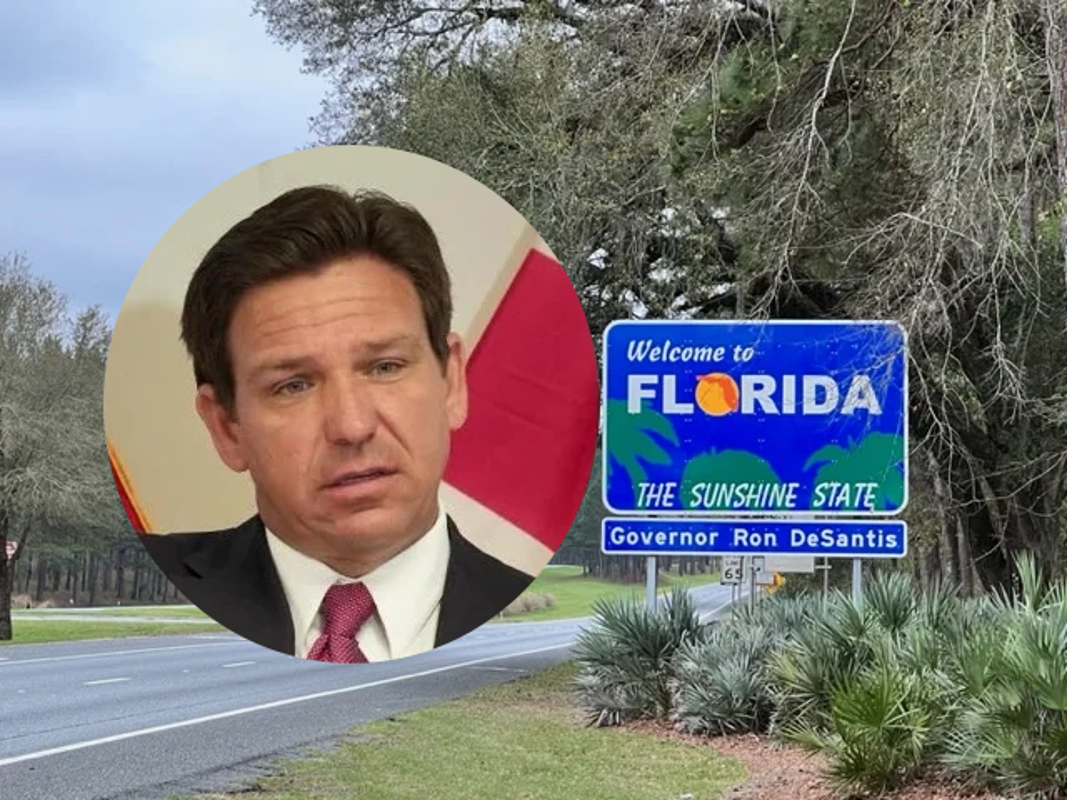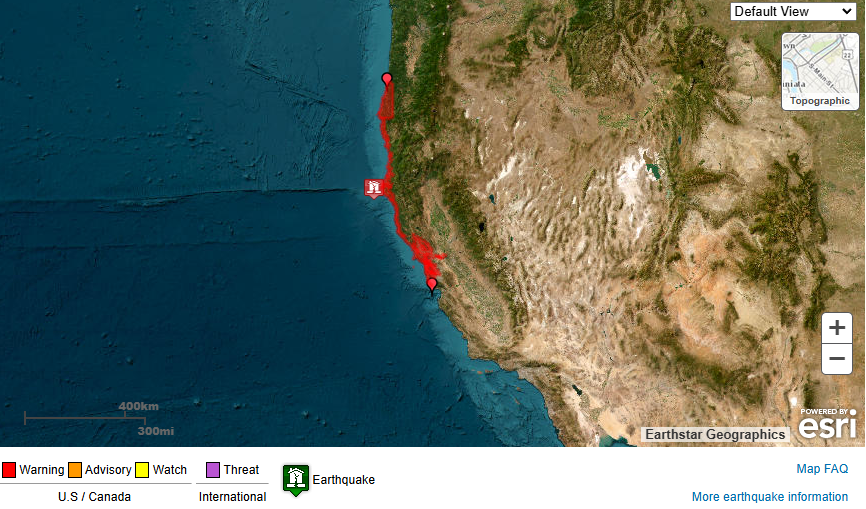In some Florida cities, homeowners are finding it increasingly difficult to sell their properties as data reveals a growing number of listings remaining on the market for over 30 days. This trend is not only a result of high mortgage rates and soaring prices but also a reflection of a significant shift in buyer behavior driven by climate change awareness.

During the COVID-19 pandemic, Florida’s housing market experienced a boom as people from other parts of the country flocked to its cities, driving a surge in home sales. However, the current landscape is starkly different. Home sales have slowed dramatically, with mortgage rates nearly double what they were four years ago, and escalating insurance costs further discouraging potential buyers.
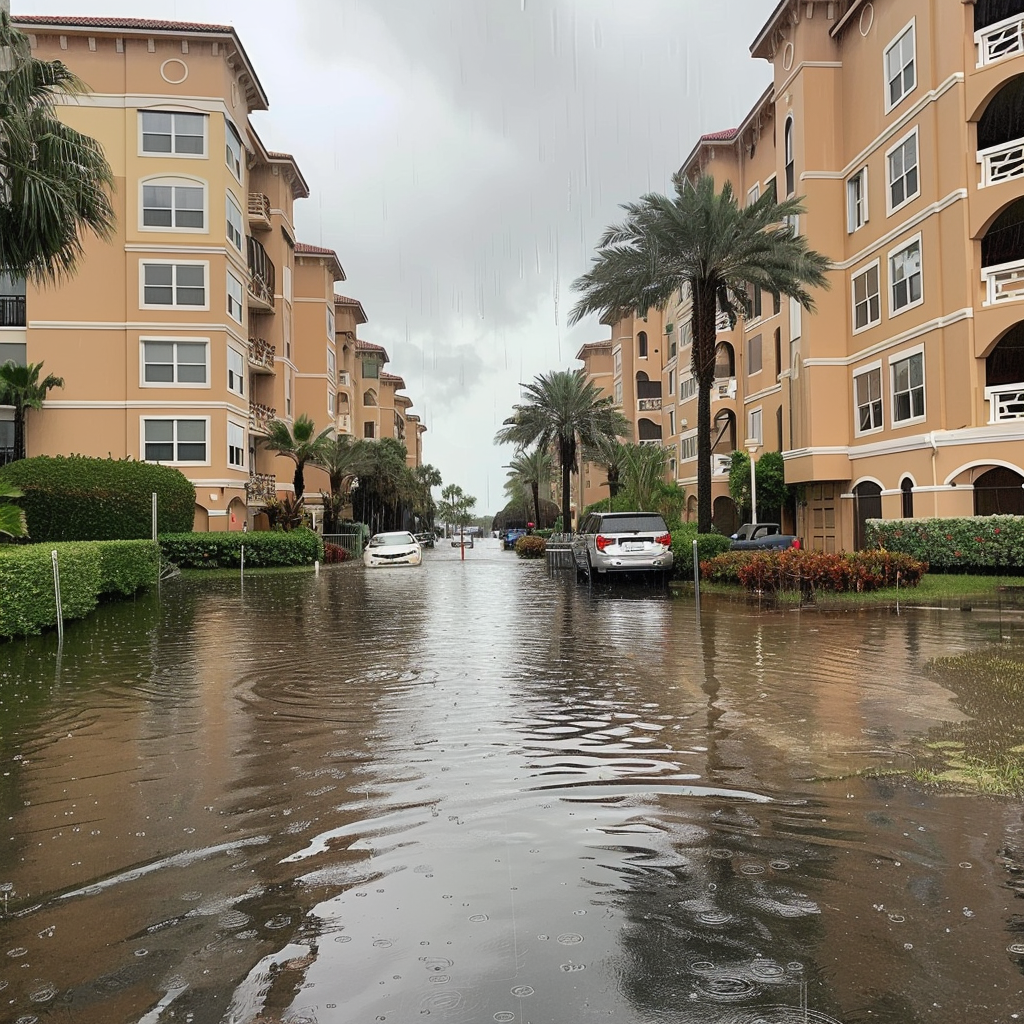
A notable factor contributing to the slowdown is the increased frequency and severity of natural disasters in the region. Fort Lauderdale, Tampa, and Jacksonville are among the cities seeing a significant rise in the number of homes lingering on the market for at least a month compared to last year. According to real estate platform Redfin, these areas are witnessing an oversupply of homes, compounded by escalating weather-related disruptions.
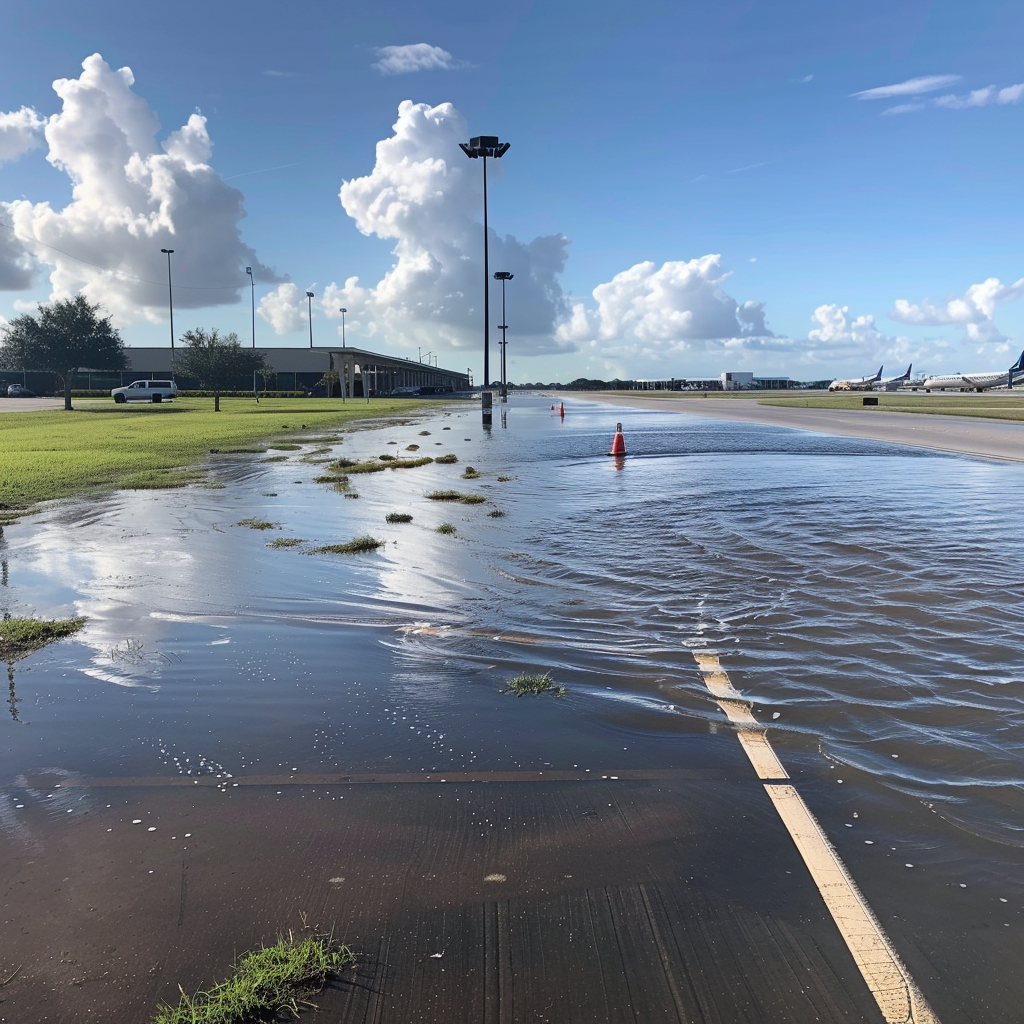
“Inventory is growing stale fast in Texas and Florida largely because those states are building far more homes than anywhere else in the country, contributing to rising supply, and because some homebuyers are nervous about the increasing prevalence of natural disasters,” Redfin explained in its analysis.
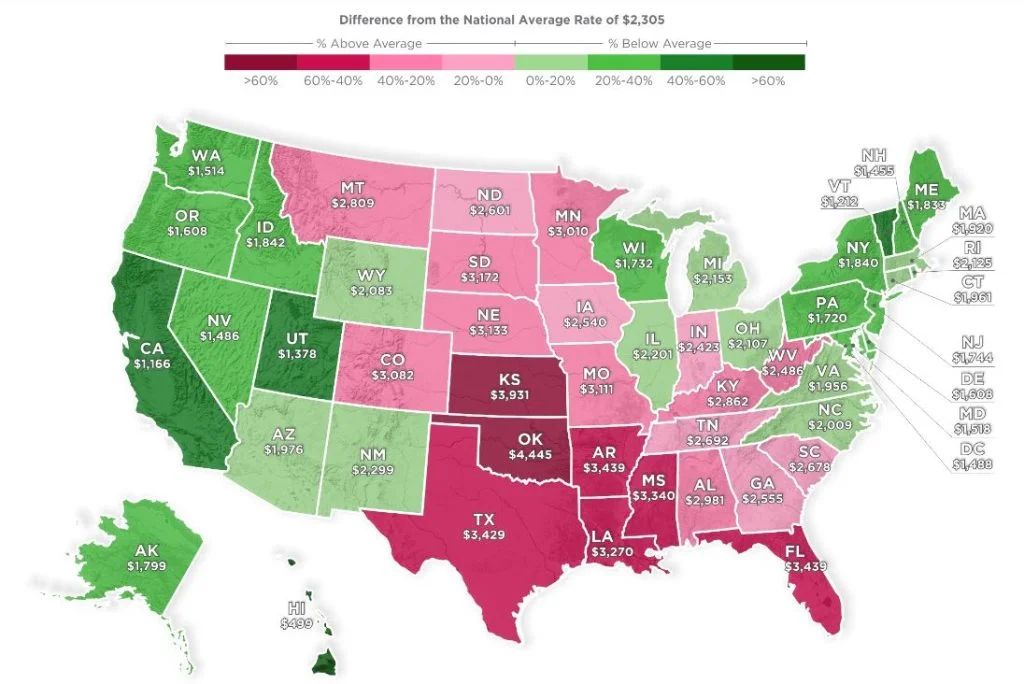
This trend mirrors a national pattern, with close to 62 percent of homes on the market for at least 30 days—a nearly 12 percent increase from two years ago. Furthermore, about 40 percent of listings in May had been on the market for at least two months, up more than 12 percent from two years ago.
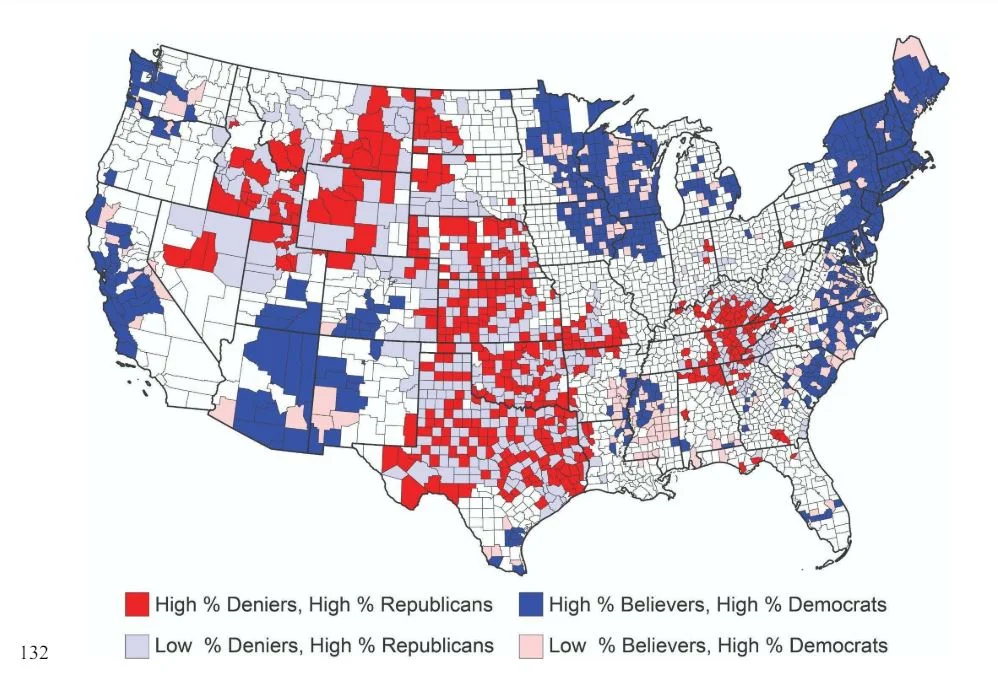
The hesitation among buyers to invest in disaster-prone areas reflects a growing recognition of climate change’s impact, leading to less cognitive dissonance about the risks associated with living in such locations. Cognitive dissonance occurs when individuals hold contradictory beliefs or attitudes, often leading them to downplay or rationalize the risks they face. However, the increasing visibility and frequency of natural disasters are making it harder for people to ignore the dangers.
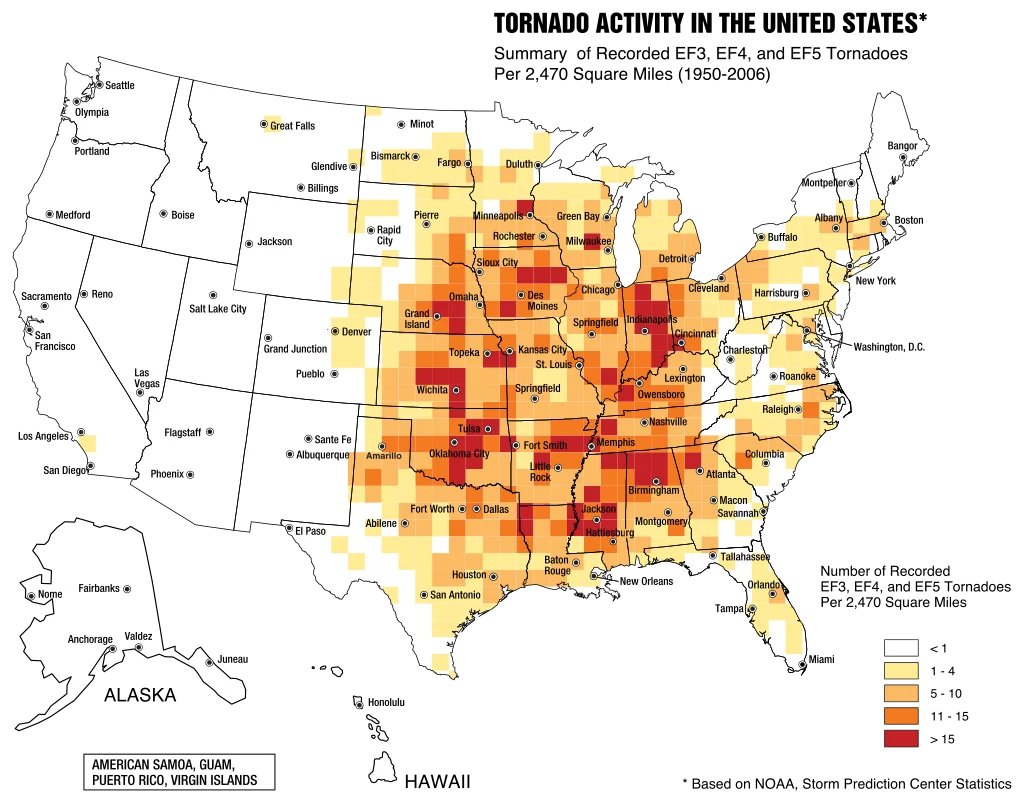
As a result, many new residents who moved to Florida and Texas seeking a more favorable climate are now reconsidering their decisions. The firsthand experience of extreme weather events and the looming threat of future disasters have made them more likely to move out of these vulnerable areas.

“More homes for sale paired with slow demand means that less-desirable listings are piling up, leaving some of them without a buyer,” Redfin noted. The platform also highlighted that while move-in ready homes in desirable neighborhoods are still selling quickly, other listings are stagnating.

Elevated mortgage rates are expected to persist as the Federal Reserve continues to maintain high borrowing costs. The Fed’s recent decision to keep rates at two-decade highs is anticipated to exert additional upward pressure on mortgage rates, further complicating the housing market dynamics.
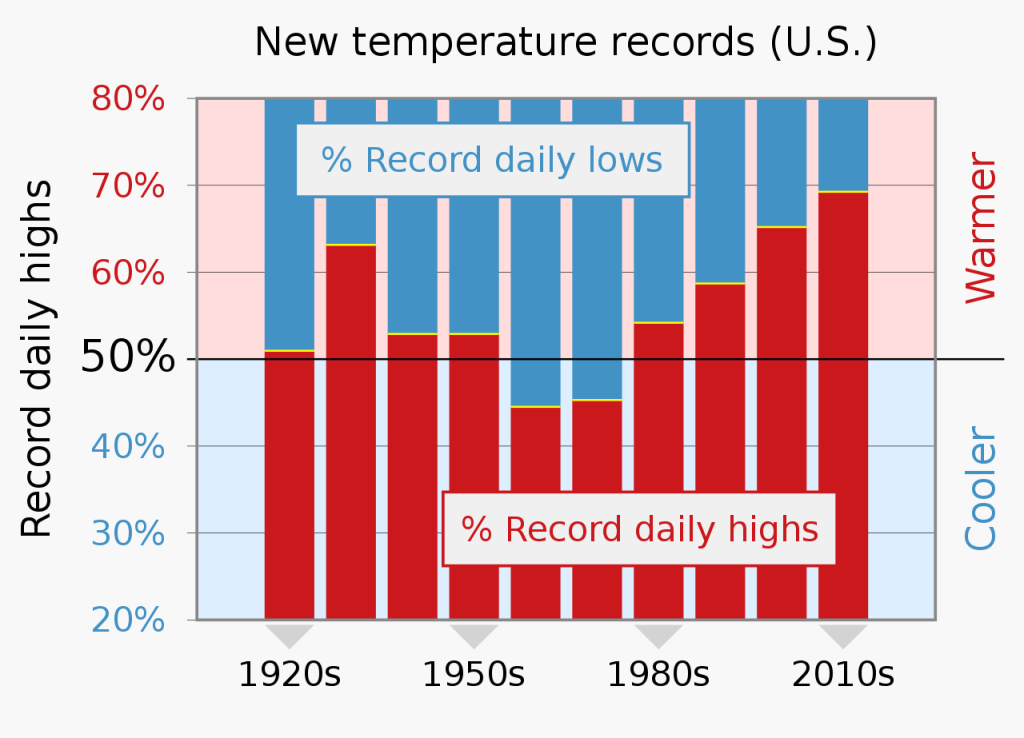
The real estate slowdown in Florida and Texas is not just a matter of economic factors but also a reflection of a broader awareness of climate change risks. As homeowners and buyers become more attuned to the realities of living in disaster-prone areas, their decisions are increasingly driven by a desire to avoid future hardships, resulting in a greater willingness to relocate. This shift underscores the profound impact that climate change is having on the housing market and the long-term viability of living in vulnerable regions.

